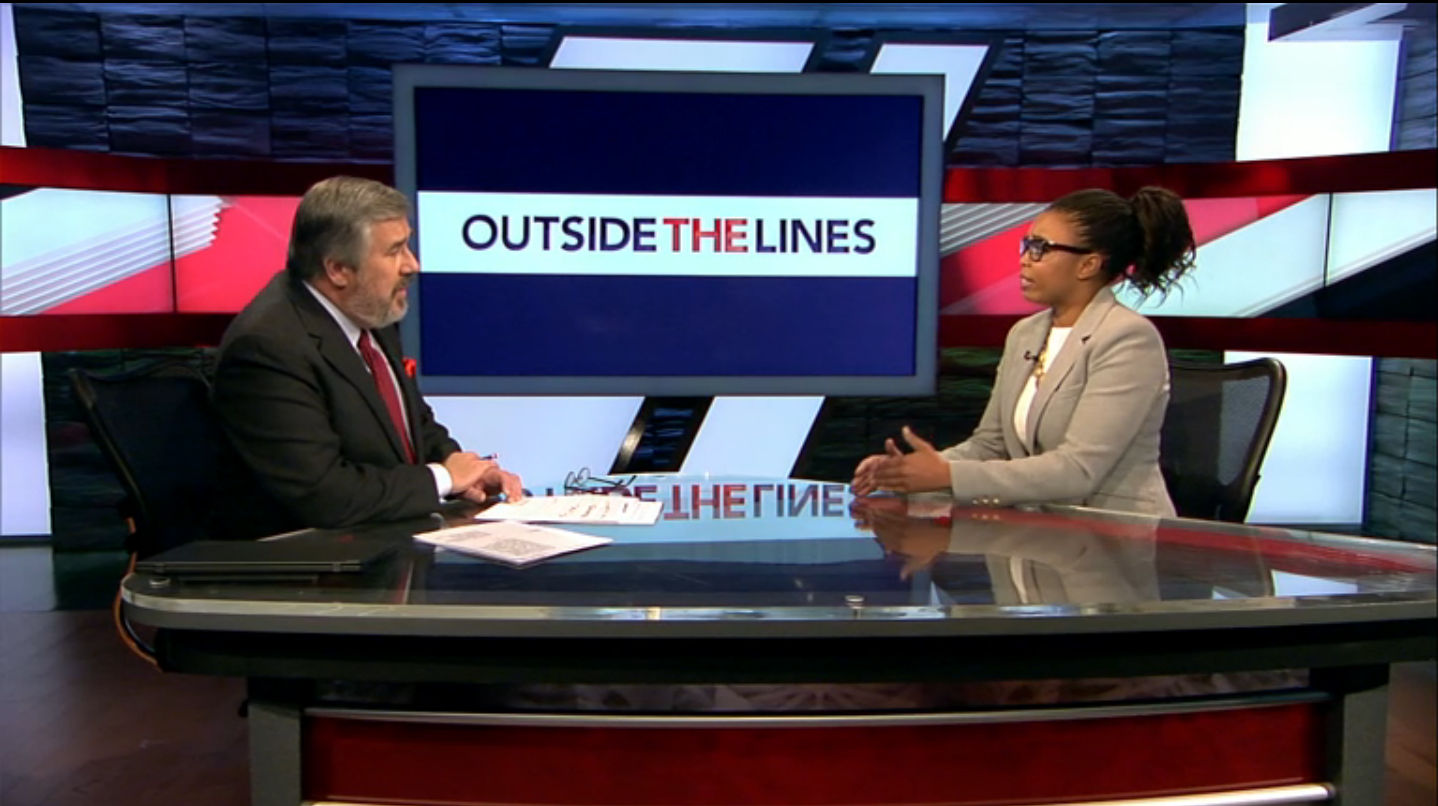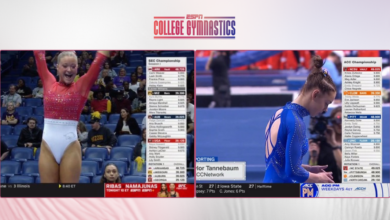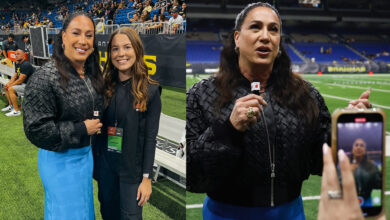How ESPN’s Janay Rice interview came together

Vince Doria on working with Janay Rice’s family on the interview conducted by ESPN’s Jemele Hill
On some of the biggest news stories across genres – from politics to world events to entertainment to sports — media outlets are often vying for interviews with the key newsmakers. That was obviously the case for the Ray Rice NFL story, which transcended the sports world.
When the opportunity for an interview with Rice’s wife, Janay, presented itself, ESPN journalist Jemele Hill, co-host of the daily His and Hers program on ESPN2, was among those who met with Janay Rice and others close to her as part of the interview pursuit process. Eventually, ESPN got word that Rice had agreed to sit down with Hill.
“Jemele expressed in her initial meeting with Janay Rice that she was interested in telling the story in an objective, open way,” said ESPN Senior Vice President and Director of News, Vince Doria. “As is regularly the case with highly sought after interviews, their decision to grant it to Jemele had a lot to do with that meeting and their belief that she would be fair. They were well aware that fair did not mean easy, and clearly that showed in the final piece.”
Rice’s team had earlier expressed their plan for an “as told to” piece. Specifically, Hill would interview Janay (off camera) and the resulting digital and print story would carry a byline of: “By Janay Rice as told to Jemele Hill”.
“’As told to’ pieces are not uncommon in journalism,” Doria said. “In this case, the objective was to maintain Jemele’s journalistic standards as she helped organize and present Janay’s thoughts. There have been other major news stories that utilized this format, including ESPN The Magazine pieces on Josh Hamilton and Sheryl Swoopes to name two. A notable recent example was LeBron James announcing his return to Cleveland in Sports Illustrated.”
Part of the process also included discussions on timing and content.
“There were no restrictions on questions,” Doria noted. “We asked everything we wanted to ask; the interview lasted nearly three hours; and the transcript was more than 70 pages long. Given the ‘as told to’ format, they expected final approval as part of the arrangement and they also wanted to choose a publish date and time that followed the ruling on Ray Rice’s appeal.”
ESPN Senior Vice President, SportsCenter and News, Rob King said, “It was understood by all that if the interview produced a major breaking news development, we would not wait to publish that. While [Janay’s] story contains many intriguing details, none of her specific comments crossed that breaking news threshold as it relates to the incident or the way in which the Ravens or the NFL reacted.”
Once the interview was conducted, Hill wrote the story and sent it back to Janay Rice.
Doria: “There were certain elements we insisted needed to be part of the final piece and they were. We also followed up with Janay on certain key points after the initial interview and she responded with more information.”
At the same time, ESPN planned for this accompanying piece that would provide the details on the process. An editor’s note at the top of the story explaining the parameters was also a key element in the network’s transparency with viewers and readers.
“It’s crucial in a situation like this to be completely transparent with the audience about the nature of the process,” King said. “We did that through our companion piece with [Outside The Lines host] Bob Ley interviewing Jemele, through a podcast with Jemele and via the editor’s note at the top of the story.”
Said Doria, “Clearly, your first choice is to have no parameters on an interview whatsoever. However, given the magnitude and nature of these stories, news outlets sometimes are put in a position to be a bit more open and flexible without compromising journalistic integrity in order to tell an important story.”
There was one other fundamental factor that was always in play throughout.
“Everyone involved knew that ESPN could and would walk away at any point if we were uncomfortable with the process or result,” King said. “Ultimately, we were able to serve sports fans by offering a compelling story from a newsworthy source.”







